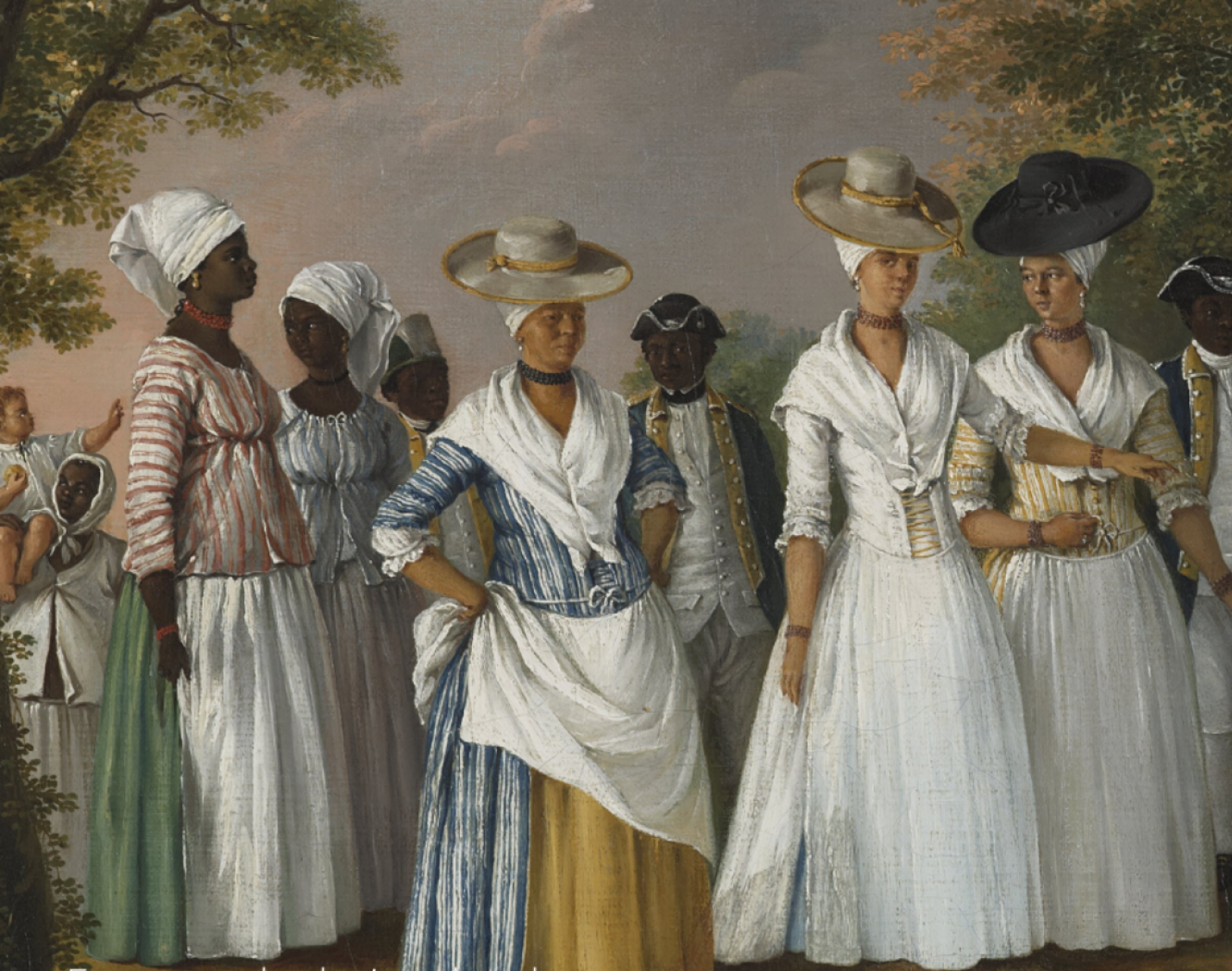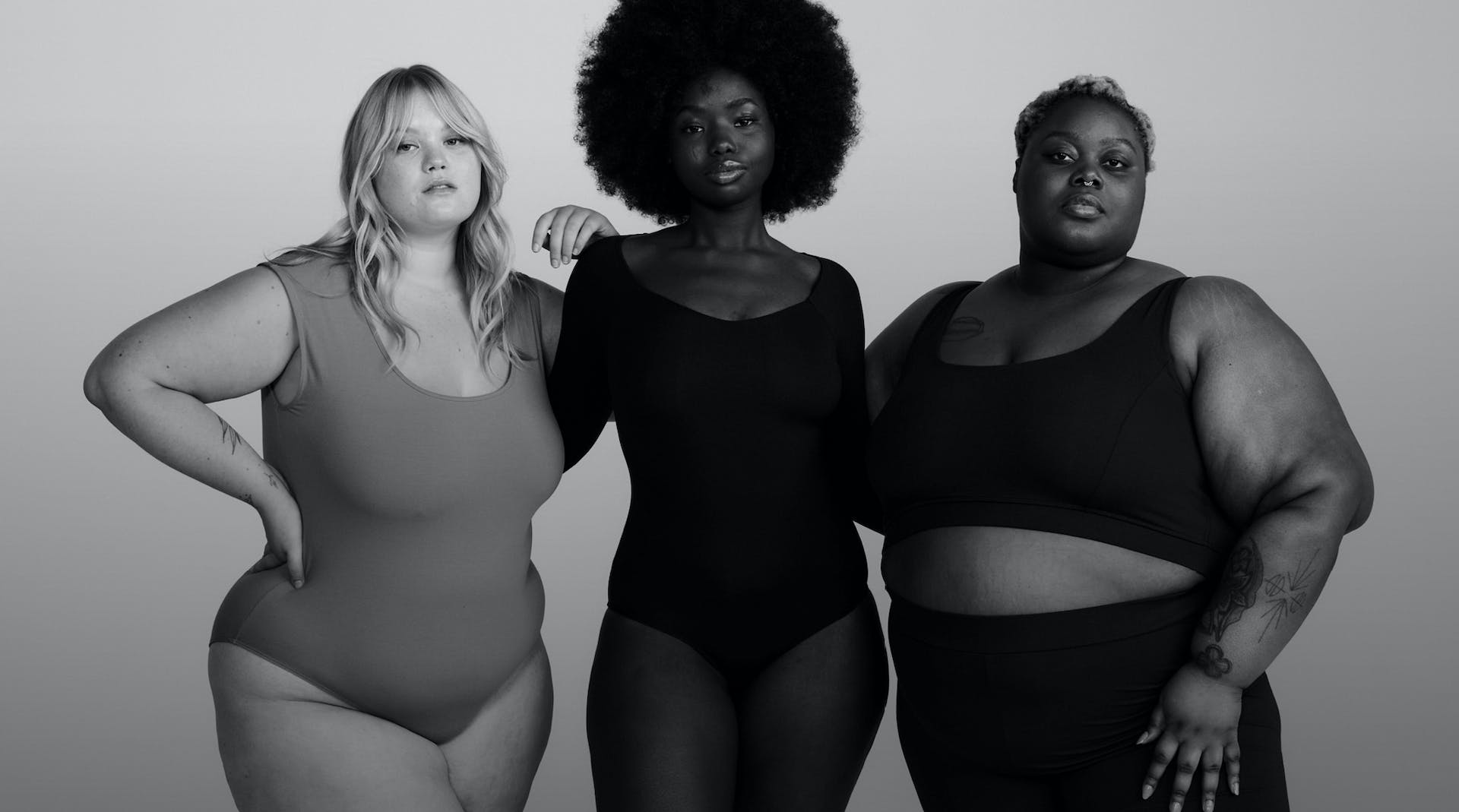
The world of fashion is a mesmerizing kaleidoscope, and at its heart lies the intricate beauty of cultural and ethnic attire. Beyond the seams and stitches, these garments are woven with the threads of tradition, history, and identity. Join us on a journey as we unravel the diverse stories and unique characteristics of cultural and ethnic clothing from around the globe.
The Significance of Cultural Attire:
Cultural and ethnic attire is far more than fabric and adornments; it is a symbolic representation of heritage, values, and the shared identity of a community. Each stitch, pattern, and color holds significance, reflecting the rich tapestry of a culture’s history, beliefs, and customs. These garments are a bridge between the past and the present, allowing wearers to carry their cultural legacy forward.
Asia: A Palette of Diversity:
Asia, with its vast expanse and diverse cultures, is a treasure trove of traditional clothing. From the resplendent sarees of India, adorned with intricate embroidery and vibrant hues, to the graceful simplicity of the Japanese kimono, Asia’s cultural attire reflects the beauty of tradition. China’s qipao, Vietnam’s ao dai, and the colorful batik prints of Indonesia add further layers to the region’s sartorial diversity.
Africa: A Symphony of Colors and Patterns:
The African continent boasts a rich tapestry of cultures, each with its unique style of traditional clothing. From the bold and vibrant kente cloth of West Africa to the intricately beaded Maasai attire of East Africa, every garment tells a story. The diversity is evident in the use of colors, patterns, and symbols, with each element carrying cultural significance and reflecting the wearer’s place within the community.

Middle East: Elegance Woven in Threads:
The Middle East is a region where elegance and tradition intertwine seamlessly in clothing. The flowing silhouettes of the abaya and thobe, adorned with exquisite embroidery and embellishments, showcase the beauty of modesty and sophistication. The intricate patterns of Persian rugs find their way onto garments, creating a connection between the artistry of clothing and the cultural heritage of the region.
Europe: Tradition in Modernity:
In Europe, where ancient traditions coexist with modernity, cultural attire has adapted over time. The regal kilts of Scotland, the intricate lacework of Italy, and the folk costumes of Scandinavia all pay homage to the rich cultural history of the continent. Even in the contemporary fashion landscape, designers often draw inspiration from traditional European motifs, preserving the essence of their cultural identity.
Indigenous Peoples: Preserving Heritage Through Attire:
Indigenous communities worldwide carry a profound connection to their cultural attire, using it as a means of preserving and celebrating their heritage. From the vibrant regalia of Native American powwows to the beadwork and feathers of Maori clothing in New Zealand, these garments serve as a powerful reminder of the resilience and continuity of indigenous cultures.
Ceremonial Attire: The Pinnacle of Tradition:
Ceremonial attire holds a special place in the world of cultural clothing. Whether it’s the dazzling bridal sarees of an Indian wedding, the ornate hanboks worn during Korean celebrations, or the regal attire of a Nigerian bride, these garments mark significant life events and rites of passage, symbolizing continuity, love, and the merging of families.

Challenges and Innovations:
In the face of globalization and changing societal norms, cultural attire faces both challenges and opportunities. While there is a risk of cultural appropriation, there is also an increasing appreciation for the beauty and diversity of traditional clothing on a global scale. Designers are incorporating traditional elements into contemporary fashion, creating a fusion that allows cultures to evolve while preserving their roots.
The Role of Cultural Attire in Identity:
Cultural attire is a powerful tool for self-expression and identity. For many individuals, wearing traditional clothing is a way to connect with their roots, express pride in their heritage, and celebrate the uniqueness of their cultural identity. In a world that often emphasizes homogeneity, cultural attire serves as a visible and tangible affirmation of diversity.

In the vast and varied landscape of cultural and ethnic attire, one common thread emerges – the celebration of diversity. Each garment is a living testament to the resilience of cultures, the passage of time, and the beauty that arises when tradition meets innovation. As we continue to weave the fabric of our global society, let us cherish and respect the cultural attire that adds vibrancy to our shared human experience. For in the threads of tradition, we find the tapestry that binds us all.



